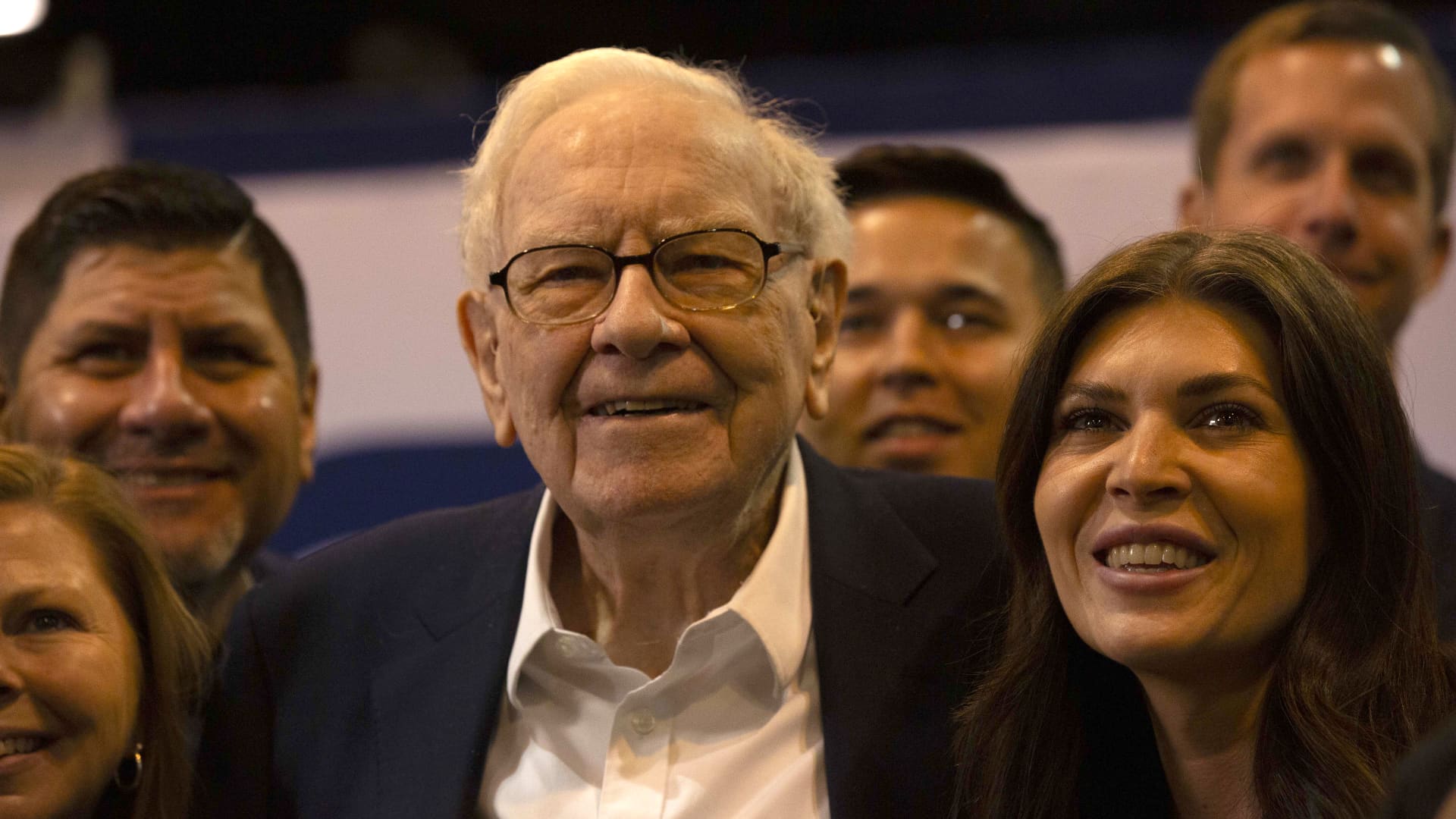Dividend stocks have had a rough year. Here’s where the pros see opportunity

Investors like dividend stocks for their yields, but the equities’ returns have been pretty dismal so far this year. Yet a group of investors believes there may be opportunity around the corner, as long as you know where to look. So far in 2023 there has been a stark divergence in the performance of dividend and non-dividend stocks. The 100 highest yielding names in the S & P 500 have an average total return of negative 7.94% since the beginning of the year through Nov. 10, according to Bespoke Investment Group. In comparison, the 100 stocks in the index that pay no dividend had an average gain of 8.94% through the same time period, the financial markets research firm found. That’s no surprise given that yields in the bond market have reached levels not seen in decades, experts said. Bond yields move inversely to prices. “The issue is competition, because you can buy a three- to five-year investment grade corporate bond with a 5% yield,” said Andrew Graham, managing partner of Jackson Square Capital in San Francisco. “That’s what is putting pressure on these [dividend] stocks, or maybe just keeping them from lifting.” Still, that pressure may be abating as investors anticipate that the Federal Reserve is close to finished with its rate hikes, said certified financial planner Dave Sheaff Gilreath, chief investment officer of Sheaff Brock Investment Advisors in Indianapolis. The central bank meets one more time this year in December. While officials have indicated a rate hike is possible, fed funds futures pricing data suggests a 100% probability that rates will stay unchanged at their current 5.25%-5.50%, according to the CME FedWatch Tool . “That speaks to the higher to longer” rate policy that Fed governors have referenced in their speeches, Gilreath said. “Once rates do plateau, then equities generally do really, really well.” Specifically, value stocks — where dividend payers generally land — have historically outperformed during higher-for-longer periods, he noted. Under-the-radar plays Gilreath, who is also chief investment officer of Innovative Portfolios, thinks the most attractive part of the dividend market is smaller cap value stocks. A simple way to invest in the space is through exchange-traded funds, he added. IPDP YTD line Dividend Performers ETF (IPDP) performance year to date When it comes to specific stocks, Gilreath likes two under-the-radar plays: Brady Corporation and ABM Industries . Both are part of his firm’s Dividend Performers ETF (IPDP) , which holds companies that have raised their dividends every year for at least a decade. The firm then sorts the stocks by forward risk, choosing the 50 lowest risk names. The fund has an expense ratio of 1.22%, but has a total return of 21.8% in 2023, according to Morningstar. Brady, which manufacturers identification and health-care products, has a 1.7% dividend yield. ABM Industries, which yields 2.1%, provides janitorial, facilities engineering and parking services for commercial real estate properties, entertainment venues and health-care facilities. “They really got hurt during the pandemic because no one was going into buildings. Now they have come out of that,” Gilreath said. Finding income during a downturn While Jackson Square Capital’s Graham is expecting lower yields in 2024, which are generally positive for income-generating equity portfolios, he is very specific about what he’s adding and why. That’s because he expects an economic slowdown or recession next year. “It has to have a strong fundamental story,” he said. In this scenario, chemical makers are likely to become even more attractive, he said. At the top of his list is Dow Inc. , thanks to its strong balance sheet and the cost advantage it has over international competitors, when it comes to cost of goods, Graham said. Dow has a 5.4% dividend yield. Graham also likes LyondellBasell , which yields 5.2%. “Both these guys make polypropylene from cheap U.S. natural gas versus the rest of the world that makes it out of crude [oil],” he said of Dow and LyondellBasell. “You just don’t have that pressure on these U.S. producers. So there’s room for pricing. There’s this big cost advantage.” He also likes some European energy stocks right now. Shell and TotalEnergies are his picks and both have U.S.-listed stocks. Shell pays a dividend yield of 3.7%, while TotalEnergies yields 3.8%. Diversification in light of recession risk When it comes to dividends, investors should look for quality rather than quantity. “Lower profits and financial instability could lead some firms to reduce or even suspend dividends to preserve cash,” said Laura Mattia, a certified financial planner at Atlas Fiduciary Financial in Sarasota, Florida. “Look for companies with strong balance sheets, sustainable cash flows and a history of maintaining or increasing dividends during economic downturns,” she added. For investors hoping to stay diversified, consider the dividend aristocrats – that is, stocks that have hiked dividends in each of the past 25 years. ETFs there include the ProShares S & P 500 Dividend Aristocrats ETF (NOBL) . The fund has an expense ratio of 0.35% and a total return of 1% in 2023, according to Morningstar. “They are good choices because you are dealing with robust companies that know they can maintain and increase the dividend,” said George Gagliardi, a CFP with Coromandel Wealth Management in Lexington, Massachusetts. He also highlighted the Vanguard Dividend Appreciation ETF (VIG) , which tracks the S & P U.S. Dividend Growers Index. The fund has a total return of 8.28% year to date, per Morningstar, and an expense ratio of 0.06%. “You’d never put all your chips on one square on the roulette table; you’d spread them,” said Gagliardi. “And I like ETFs: If I’m picking something with 50 stocks in it, I’m diversified.”









